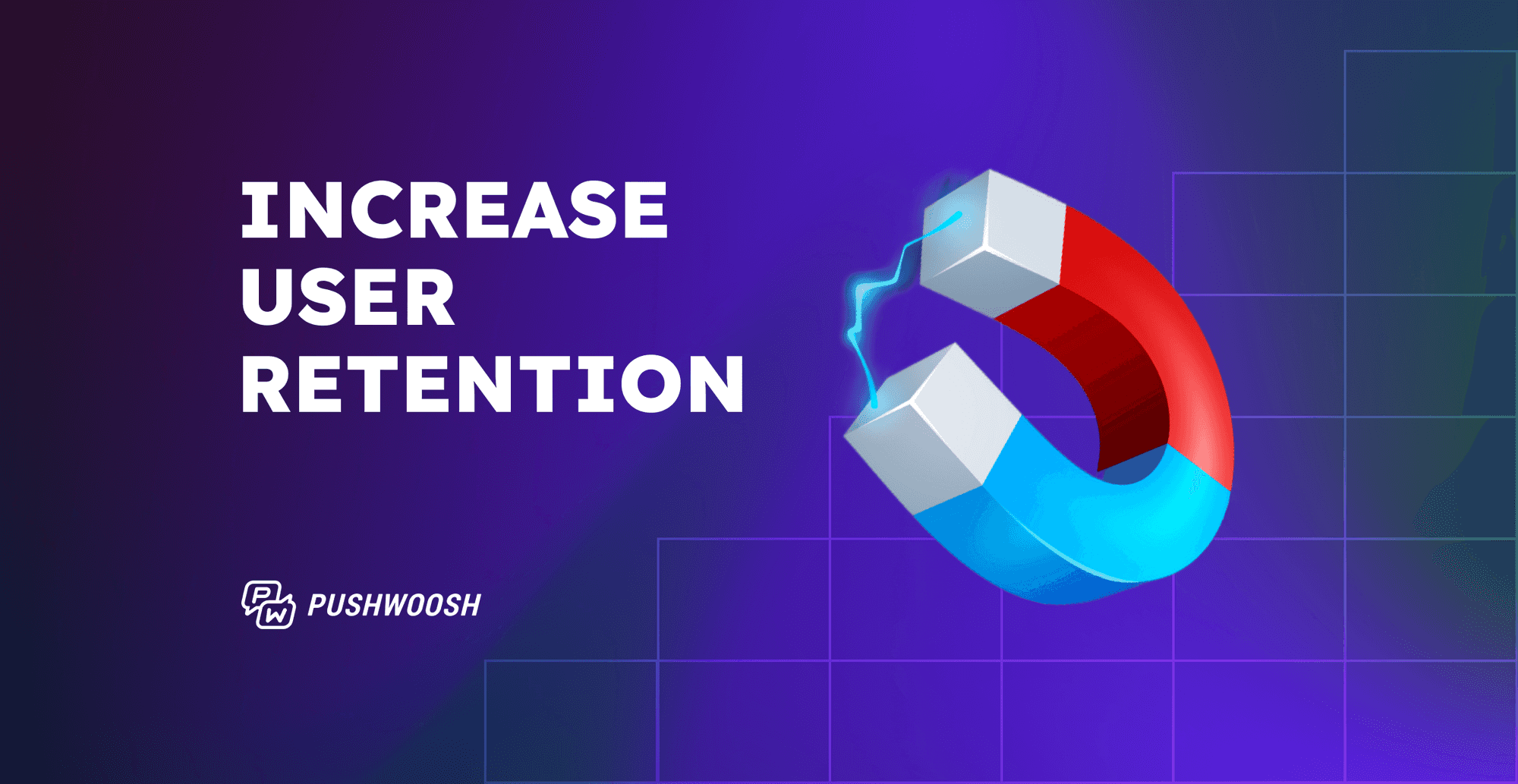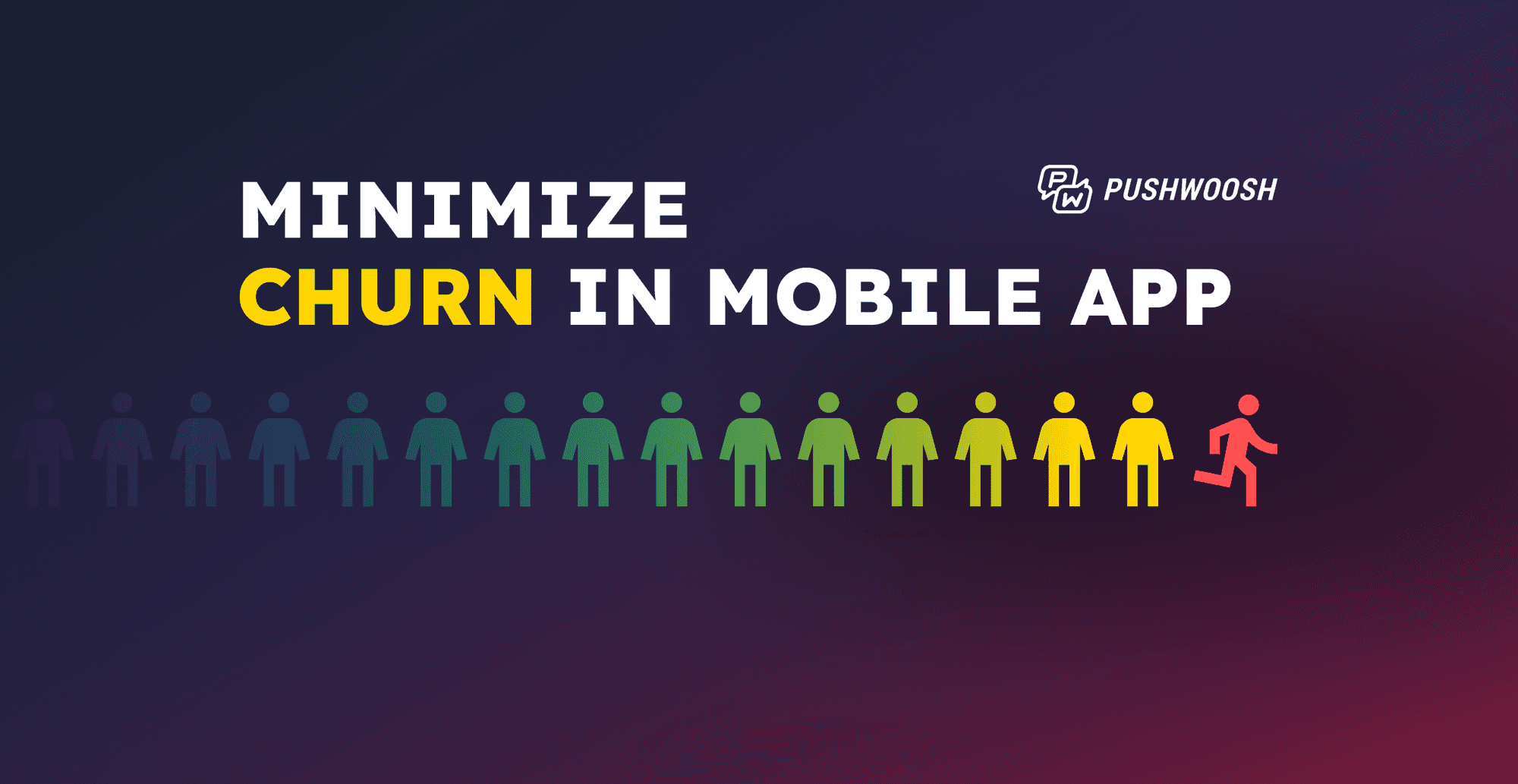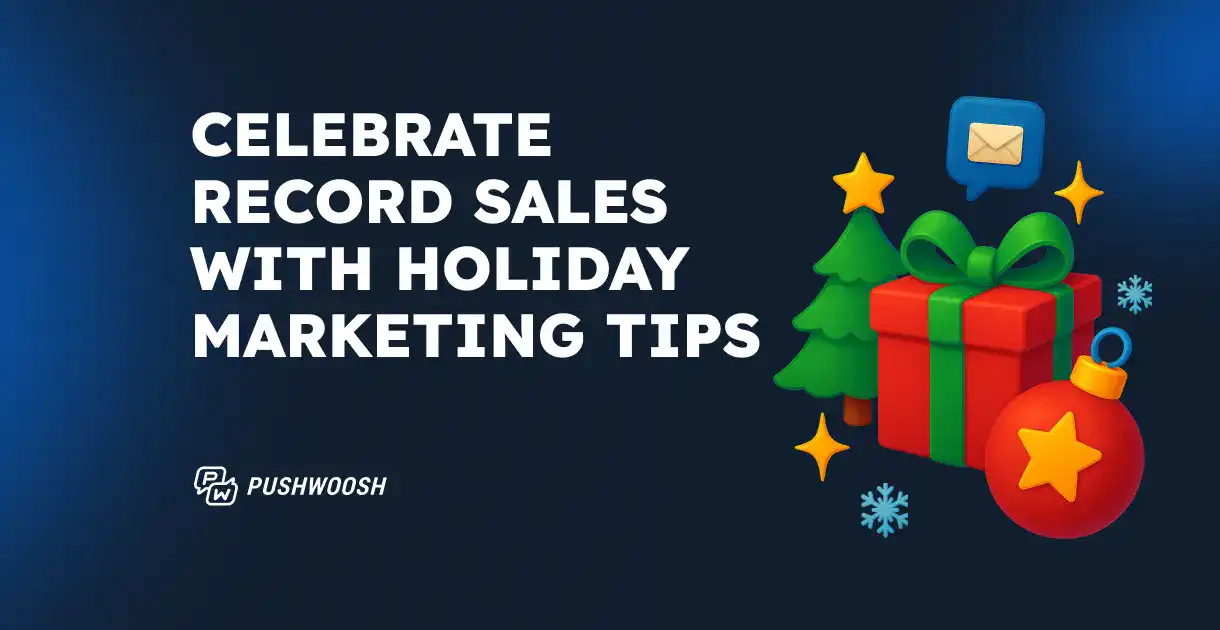Mobile app launch marketing plan: From website to app store success
Launching your mobile app is a big moment. But building the app is just the start; if no one downloads it, all your effort will be for nothing.
Without a strong marketing plan, even the best apps risk going unnoticed. You need a strategy that both drives installs and sets the foundation for ongoing engagement and retention. This guide walks you through exactly how to do that.
At MobiLoud, we’ve helped launch over 2,000 apps in categories including e-commerce, media, SaaS, marketplaces, communities, e-learning, and more. So we’ve got a lot of experience (and seen a lot of mistakes) in the app launch process.
Here’s what you need to know to avoid those mistakes and make your launch a success.
Laying the foundation for launch
Before you promote your app, take a step back. What role will the app play in your business model?
Your app should serve your most loyal customers. It should make shopping easier, faster, and more rewarding. That’s what drives higher AOV, more frequent purchases, and stronger retention.
Make sure your team is aligned. Marketing, customer support, leadership—everyone should be clear on what success looks like.
Typically, you’ll be looking for results in metrics like:
• Repeat purchase rate.
• Average order value.
• Customer lifetime value. • Push opt-in rates and click-through rates.
Once you’ve set the foundation, understand your goals for the app, and have everyone involved with the app aligned on those goals, you can start crafting a strategy to achieve them.
Pre-launch preparation
You should start prepping your launch a decent amount of time (roughly 4–6 weeks at least) before your app goes live.
This is the time you’ll spend setting up the accounts and other tools you’ll use with the app, so everything is ready to go as soon as people start downloading your app, as well as preparing the finer points of your strategy.
Here’s your preparation checklist:
Analytics & Integrations setup
Get tracking in place from day one. That means integrating GA4, Firebase, and your push notification platform.
This allows you to track downloads, user behavior, revenue, and retention right away, as well as start to build your push audience and engage app users immediately.
Plan your incentives
In most cases, you’ll need to offer some kind of incentives to get people to download your mobile app.
Some common download incentives include:
• App-exclusive discounts.
• Early access to new drops.
• Loyalty rewards multipliers.
• Free gifts or bonus content.
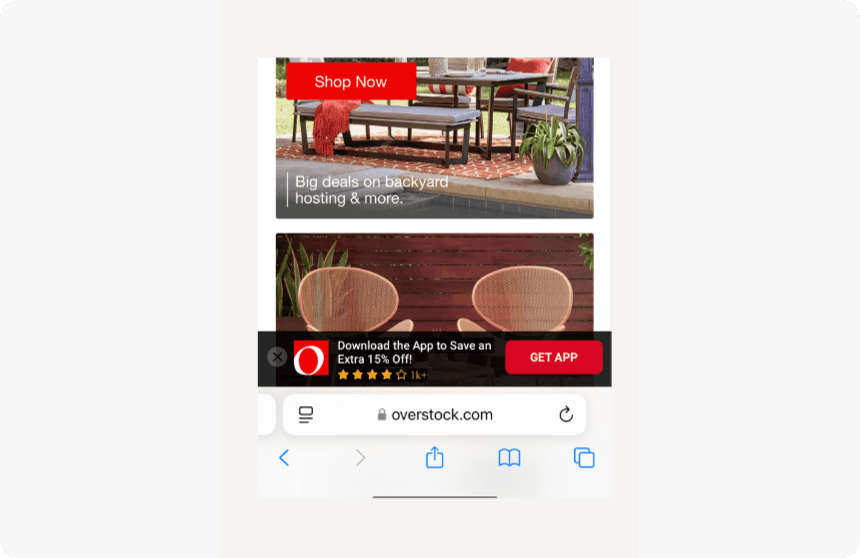
Get an idea of what kind of incentives you’ll offer. Whatever it is, you’ll need to budget for it (taking into account a bunch of discounts going out), as well as prepare them to be ready for launch day (getting discounts working, creating content, getting free gifts ready to be fulfilled).
Landing page & Waitlist
You can start building interest in your app before it goes live.
A dedicated app landing page gives you a central place to direct traffic and collect interest. Consider building a waitlist with email/SMS opt-in and a small incentive for early signups.
Site readiness
Your website is your most powerful acquisition channel. Make sure it’s ready to drive downloads as soon as you put the app live.
• Set up smart app banners on your mobile website.
• Place App Store badges in your site footer.
• Put a prominent banner or popup on your homepage.
• Create a dedicated “Get the app” page with benefits, visuals, and download links/QR code.
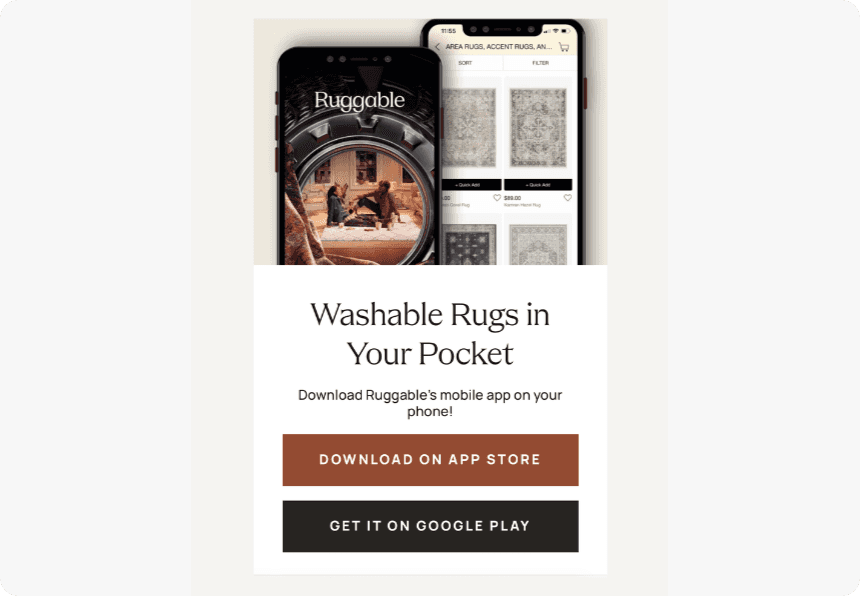
Instead of scrambling to create all of this when you launch, get everything ready and working ahead of time, so you just need to click “publish” to start promoting the app.
Promotional assets
Similarly, set up all the marketing assets for your app launch.
You don’t want to go live with your app, just to have a delay in your email campaigns because your email copywriter is off sick.
Create:
• Email templates (teaser, launch, follow-up).
• Social graphics and stories.
• Banners and modals for your site.
• QR codes for digital and physical placements.
Again, have everything ready, checked, and approved ahead of time so that it can all go live with one click on launch day.
App store optimization
Most of your downloads will funnel through the Apple App Store/Google Play Store. Having these pages fully optimized (for conversions and discoverability) is a must.
Write a clear, benefit-driven description, and optimize your app name, subtitle, and description with relevant keywords.
App screenshots are probably the most important part of your listing. You’ll want clear, polished screenshots that show your app in the best light possible.
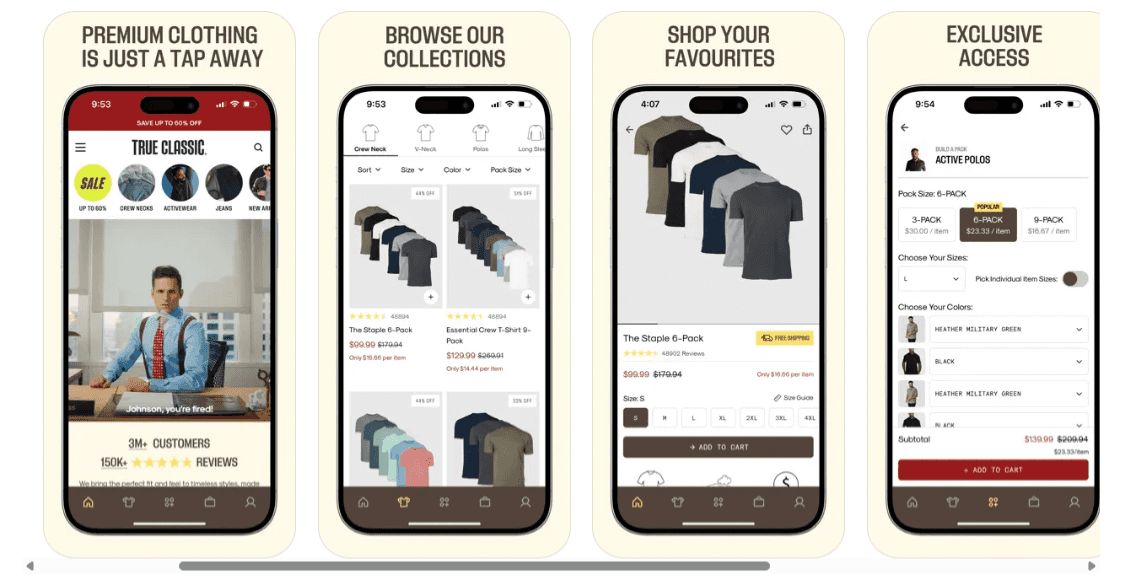
Other than that, make sure your app is set up in the proper category and you don’t have any problems with regional targeting or other technical issues that may get in the way of people downloading the app.
Influencer & Partner outreach
If you’re planning any co-marketing, get it in motion now.
Negotiating with influencers and partners will take time, so if you want a focused launch, with all channels working at the same time, plan this well ahead of time.
You may need to provide early access for influencers, app walkthroughs, launch-day copy, unique discount codes, or other assets. Make sure these all work as intended before launch.
App testing
You can have the best go-to-market plan the world has ever seen, but it’ll be derailed if your app is a buggy mess.
Make it easier for yourself. Thoroughly test your app; run a beta with trusted users, gather feedback, use it yourself, and fix bugs.
When you do launch your app, make sure you launch a five-star app.
Your mobile app launch plan: Key acquisition channels to focus on
Now on to the launch itself.
Pick a few channels to focus on to promote your app. Which channels you use depends largely on where your brand is already the most active, but for most businesses, you’ll want to double down on four (or in some cases, five) acquisition channels.
Let’s break them down now.
#1: Your website
Most customers will discover your app through your website. They’ll find your brand on Google, social media, and other marketing channels, and ultimately, they’ll funnel through your website.
At a bare minimum, it should be easy for someone wondering if you have an app to find out about it and to find the relevant download links.
But, ideally, you’ll also get in front of visitors who could benefit from using your app, let them know the app is available, and convince them to download it.
You should have:
• Smart banners on mobile.
• Popups and exit-intent modals.
• In-footer App Store badges.
• A permanent “Download the App” CTA in your nav.
• QR codes on checkout & post-purchase pages or packaging.
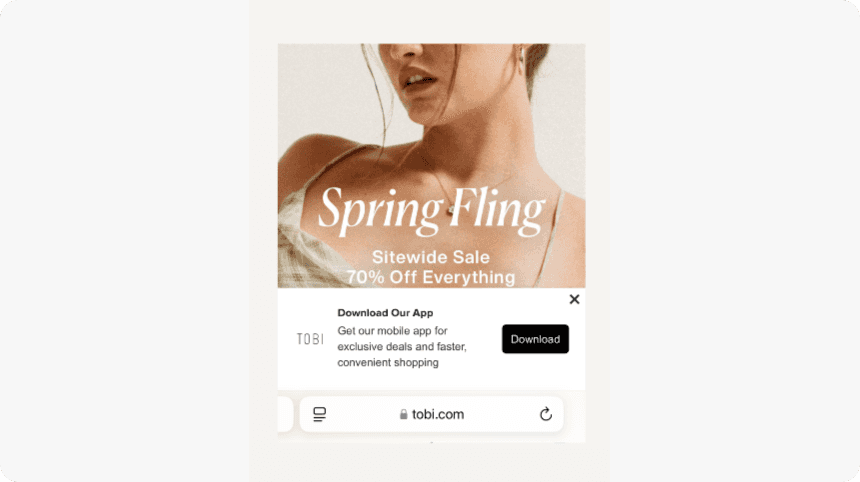
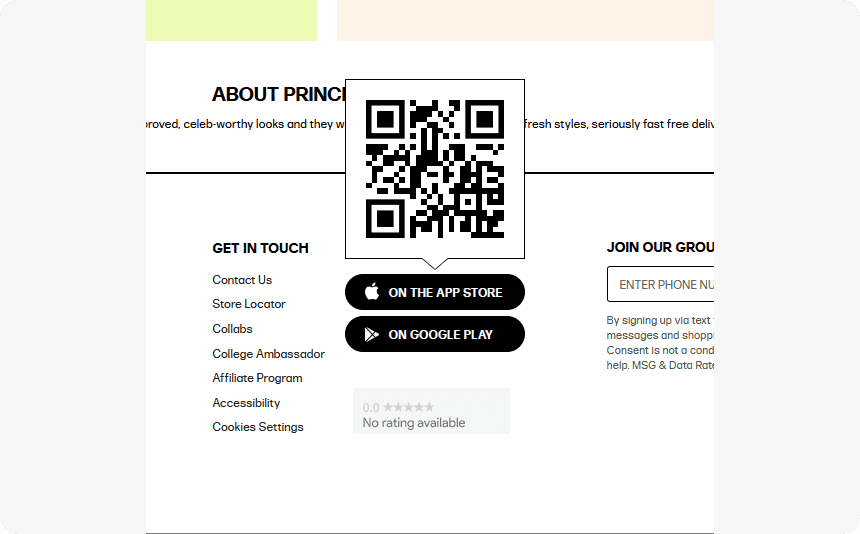
Make your app hard to ignore, and impossible to miss.
#2: Owned channels: Email & SMS
Other than your website, you absolutely need to leverage any other “owned” channels, like your email and SMS lists.
These are channels where people already know you, where you have a direct line of contact, and can get in front of an engaged, high-intent audience for very little cost.
A lot of these subscribers will be past customers who are already regularly engaging with your brand. These are the perfect app users.
Highlight how the app can improve their experience, providing less friction, a more seamless user experience, and (if applicable) exclusive benefits they can’t get on the website.
There are two ways to leverage your lists for app downloads:
Active promotion: dedicated emails or texts marketing your app.
Passive: adding mentions of your app to existing emails (such as App Store badges in your email footer).
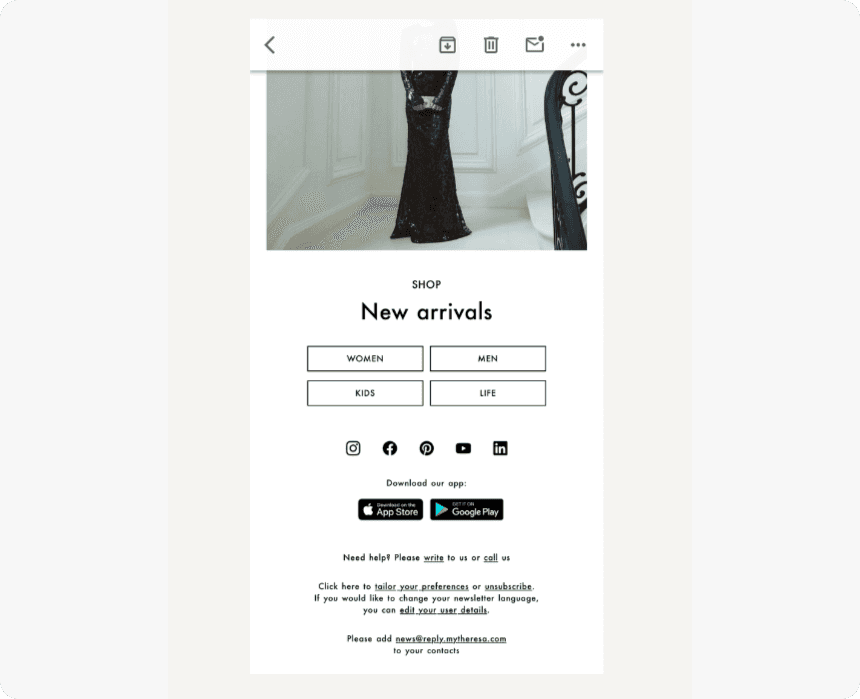
Run a couple of active promotional emails during the launch period, and after that, passively promote the app in just about every piece of communication you send.
Pro tip: Your ideal app users should be easy to identify; customers with the highest engagement levels, particularly on mobile. Segment these users in your email/SMS lists and every quarter or so, send a dedicated promotional email/text for your mobile app.
#3: Social media
Social media is not as high a priority as your website and email/SMS lists, but it is still a valuable asset for your app launch.
While organic reach can be up and down, there’s still little to lose by letting people know about your app.
If you’re already active and have an engaged audience on social, this could lead to a lot of downloads (for zero cost).
Show your audience what the app looks like, how to use it, and what they’ll get from downloading.
Don’t spam—but don’t be silent about your new app either.
#4: App stores
The App stores as acquisition channels can be hit or miss.
If your app is a habit tracker, a photo editor, or a pomodoro timer, app store optimization should be your #1 priority, because people typically use the app stores as a discovery channel.
But for a lot of other categories—shopping apps, news apps, social media apps—it’s most likely that people will find out about you somewhere else, and search for your brand name in the app store.
If you look at the top search queries in the Apple App Store, every single one is a branded search.
So, unless your app is a utility-type app, don’t plan on acquiring a ton of new users through the app stores.
However, don’t ignore app store optimization either. It doesn’t take a lot of effort to optimize your listings for relevant keywords, and you could get a few valuable downloads by doing this.
At a minimum, make sure you’re mentioning your brand name clearly, so that people who already know about you can easily find your app.
#5 (Optional): Paid acquisition
Finally, there are paid acquisition strategies.
A lot of businesses think they need to spend big on ads for their app.
But (as long as you don’t spend too much money on development), you usually don’t need to go to paid ads (at least for launch).
Paying to acquire app users can be tricky and adds a lot to the cost of your launch.
You can usually get enough users to build momentum and pay off the cost of your app just through your owned channels.
If you do run ads, here’s how to approach it:
• Focus on retargeting ads; promote them to people who already know your brand. Brand new audiences are less likely to download a strange app.
• Get an idea of the expected value of an app user, so you know the ballpark acquisition cost to aim for.
• Track ROI by the actual revenue generated by users from paid ads (not just number of downloads).
• Don’t waste time and money on things like press releases (unless your target audience is likely to read this kind of thing).
The same goes for influencer marketing for your app. Influencers are sneaky expensive, and it’s difficult to naturally weave an app into the conversation. You’d typically only want to use partnerships for your launch if you already have a relationship with the influencer.
Launch week execution
Here’s how your launch period might look.
We say “might” because there’s no single best way to approach this.
You don’t have to launch to a ton of fanfare, or even do a typical launch at all. Some businesses prefer to do a soft launch, slowly rolling the app out over time instead of all at once.
But if you’re doing a traditional launch, here’s how to structure it.
Day-one blast
• Send launch emails and SMS
• Launch homepage banners and popups
• Post across all active social platforms
• Pin launch posts and update bio links
In-app offers go live
• Enable discount codes or other offers for app users
• Make sure app exclusives are working
• Use in-app messages to remind customers about offers
Push campaigns start immediately
Start sending push notifications from day one:
• Welcome messages
• Abandoned cart nudges
• Time-sensitive offers
• App tour or feature highlights
Optional extras
• Launch day livestream
• Publish a blog post about the app
• Start paid ad campaigns
• Influencer stories or walkthroughs
Post-launch optimization
The work doesn’t stop at launch. Just because someone downloads your app doesn’t mean you’ve got them forever. It takes around five seconds for a user to delete the app, and it’s even easier for them to just forget they have it.
On average, only around 3% of users who download an app still have it on their phone after 30 days.
Hardly 15% even last a day before deleting the app.
At the same time, whatever you define as the “launch period” is not the only opportunity to get users. You should be continually promoting your app and making sure potential users know it’s there and understand the benefits of downloading it.
Here are some things to keep in mind after your launch to ensure long-term success for your app:
Send regular push notifications
Push notifications are a powerful tool for your app. Don’t ignore them! Apps that send push notifications see 3x higher user retention rates than those that don’t. Push encourages engagement and prevents people from forgetting about your app.
Optimize push opt-ins
Your push strategy means nothing if users don’t opt in. Your push opt-in rate will have a direct impact on your overall retention and engagement rates (more opt-ins = more pushes = more engaged users).
When someone downloads your app, show them the value they get out of push (e.g., first access to exclusive offers, easy order tracking, breaking news updates). Sell them the benefits. And keep a constant reminder somewhere in the app for those who don’t opt in to push, to convince them to turn on notifications sometime in the future.
Keep your app maintained & up to date
A fast, bug-free, user-friendly app is the best retention hack. Make sure your app provides an awesome user experience, through regular bug fixes and updates, plus prompt customer support.
A/B test messaging
Experiment with different benefit statements, offers, and placements to see what drives the most installs. Don’t just track installs; track the impact on retention rate (what kind of messaging is more likely to get users who stick around).
Manage app store reviews
Encourage happy users to leave a rating at the right moment (after a purchase or positive interaction). Respond to negative reviews quickly and professionally. A large number of reviews and a high rating will help convert people who land on your App Store listing.
Give people a reason to download
For future marketing and promotional campaigns, consider whether it makes sense to run these promos exclusively (or give early access) for app users. Give non-app users FOMO about not having the app.
Our experience with app launches (How to do it right)
Building a plan for your app launch is great, but plans rarely go… to plan.
There are always things that you don’t expect—potholes, speed bumps, common mistakes that businesses make, or things they aren’t aware of.
Here are six things we’ve learned from over 2,000 app launches (which will help you have a smoother and more successful launch):
• App store delays are common. Submissions can get stuck or rejected - be prepared for this.
• Downloads aren’t enough. You want retained users, not one-time discounters.
• Incentives shape behavior. One-off discounts bring in bargain hunters. Ongoing perks keep loyal users.
• The first few weeks after someone downloads the app set the tone. Push notifications and strong engagement early on build habits.
• Discoverability is crucial. And it’s the lowest-hanging fruit to get right. Make it easy for people to find your app on your site, social channels, and emails.
• Lower investment in your app gives you flexibility in how you launch. If you spend $150k on your app, you need a big launch. If you can launch an app for just $1–2k, all of a sudden, you only need a small number of users for a positive ROI.
Conclusion: Launching is just the beginning
Your mobile app can become a key part of your growth engine. But launching is just the start.
Keep promoting your app. Keep optimizing. And most importantly, keep engaging users with smart push notifications, app exclusives, and a great experience.
When done right, your app becomes more than a shortcut—it becomes the go-to channel for your most loyal customers, and a revenue engine for your brand.


